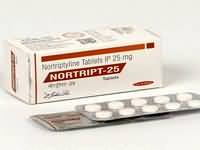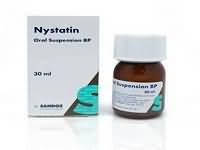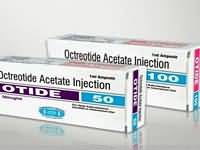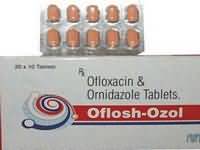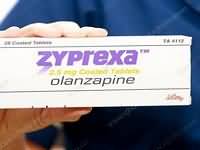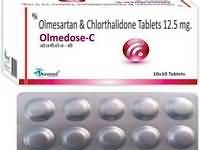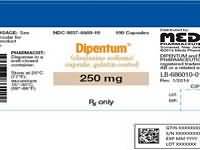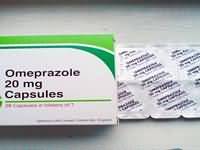Tenecteplase
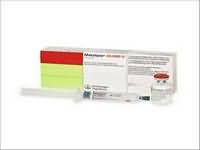
CLINICAL USE
Thrombolytic:Acute myocardial infarctionDOSE IN NORMAL RENAL FUNCTION
30–50 mg depending on patient weight (500–600 micrograms/kg)PHARMACOKINETICS
DOSE IN RENAL IMPAIRMENT
GFR (mL/MIN)
DOSE IN PATIENTS UNDERGOING RENAL REPLACEMENT THERAPIES
IMPORTANT DRUG INTERACTIONS
Potentially hazardous interactions with other drugsDrugs that affect coagulation or platelet function: increased risk of bleedingADMINISTRATION
Reconstition
Water for injectionRoute
IVRate of Administration
Over 10 secondsComments
Incompatible with dextroseOTHER INFORMATION
It has an initial half-life of 20–24 minutes Cleared mainly by hepatic metabolism Re-administration is not recommended due to lack of experience
See how to identify renal failure stages according to GFR calculation
See how to diagnose irreversible renal disease
Home
